Gemstone Guide
Citrine
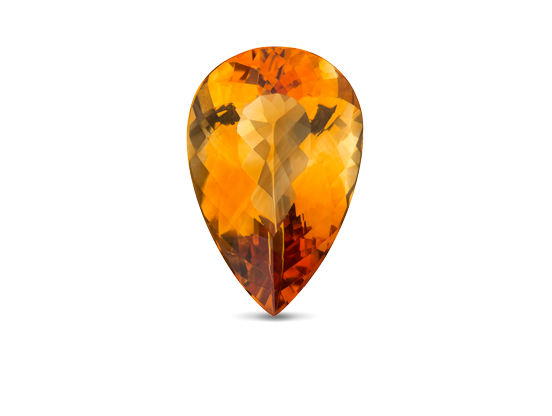
This bright shining gem is said to be a gift from the sun. The name Citrine, which is French for “lemon,” fits well with its color range of juicy yellow to a bright orange-brown. Most people choose a Citrine based on their personal preference, but some of the most sought-after Citrine gemstones have a clear, radiant yellowish to brownish red color.
In ancient times, Citrine was carried as a protection against snake venom and evil thoughts. Today, it is known as the merchant’s stone and is associated with success and prosperity.
Citrine is one of the most popular and affordable gemstones. It is relatively plentiful and available in a wide range of sizes and shapes, often serving as a big, bold statement piece.
Fancy Colored Diamonds
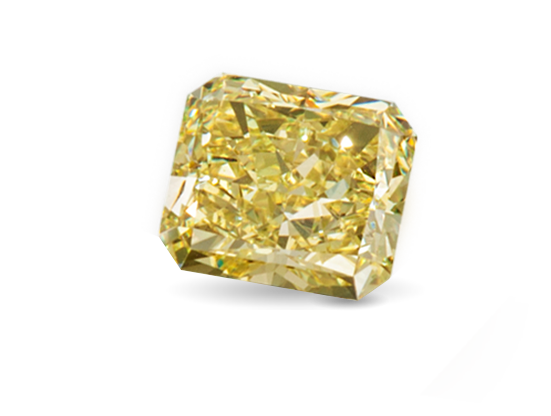
Fancy color diamonds are true miracles of nature. The geological conditions needed to create these colors are rare, making them scarce and highly prized. They come in pale pinks and blues, bright yellows, oranges, greens, reds and brown colors like cognac and champagne.
Fancy color diamonds are evaluated by their color intensity, unlike colorless diamonds that are graded on their fire and brilliance. Shades that are deep and distinct in color are rated more highly than light or pale shades. GIA evaluates color in terms of hue, tone and saturation. Hue refers to the diamond’s color, tone refers to the color’s lightness or darkness and saturation refers the color’s depth. Using highly controlled viewing conditions and color comparisons, a fancy color grader selects one of 27 hues, then describes tone and saturation with terms such as “Fancy Light,” “Fancy Intense” and “Fancy Vivid.” This color system was developed by GIA and is used worldwide.
Today, yellow diamonds are thought of as “traditional” and are among the most abundant of all “fancy colored” diamonds. Red, green, purple and orange diamonds are generally the rarest, followed by blue and pink.
Jade
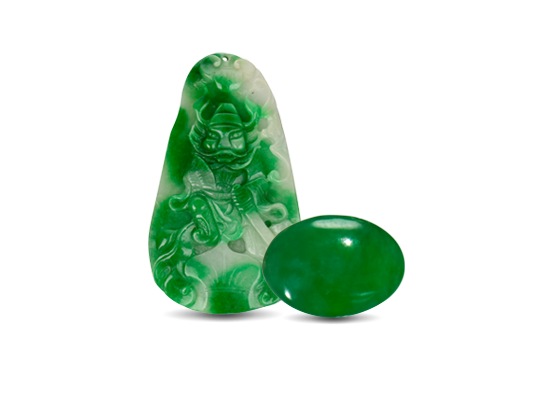
Jade has been treasured in China as the royal gemstone since at least 2950 BC. Thought to preserve the body after death, jade can be found in emperors’ tombs from thousands of years ago. To this day, many people believe that jade will protect them from harm.
Jade is known for its vivid, green color, though it also comes in lavender, pink, yellow and white. The most common shape is the flat, donut-shaped disc called a pi, which is commonly worn as a necklace. Wearing a stunning piece of jade jewelry is sure to make anyone green with envy.
Lapis Lazuli
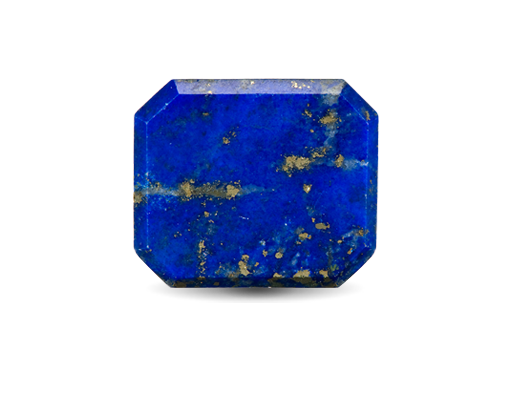
Known to man as early as 400 BC, Lapis Lazuli has been a treasured gemstone for millennia. Used to create the beautiful ocean blues and vibrant sky blues in paintings during the Renaissance, Lapis Lazuli is a colored gemstone that has been revered for centuries.
Its name means “blue stone” and could not be more accurate. Lapis Lazuli is a dark blue microcrystalline rock that often sparkles with golden pyrite inclusions. This stunning gem is reminiscent of the stars in the midnight sky. Lapis Lazuli was also thought to be a strong medicine. The Romans believed this gem to be a powerful aphrodisiac. In the Middle Ages, it was thought to keep the limbs healthy and to free the soul from error, envy and fear. Once you cast your sights on this gem, you’re sure to be entranced by its beauty.
Moonstone
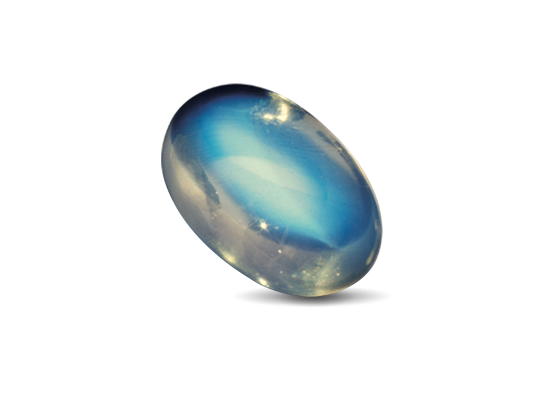
Ancient Romans believed this shimmering rock was formed from frozen moonlight, giving it the name Moonstone. Its color ranges from colorless to gray, brown, yellow, green and pink, while its clarity ranges from transparent to translucent. The best Moonstone has a blue sheen, perfect clarity and a colorless body color. Found in India and Madagascar, rainbow Moonstones have a variety of colors, including pink, yellow, peach, purple and blue.
Fine Moonstone is quite rare and becoming rarer. We’ve searched the ends of the earth to find some of the world’s most stunning Moonstone.
Morganite
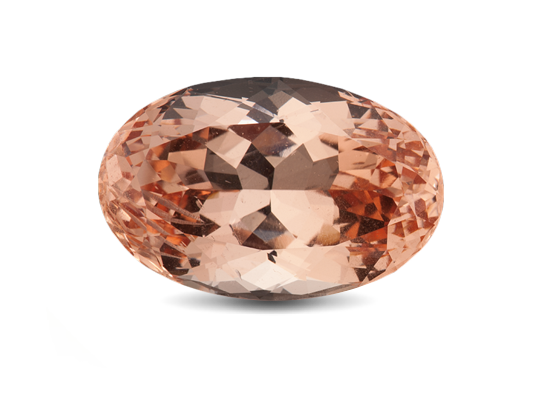
With its dazzling brilliance and soft colors of clear pink, peach and hot fuchsia, it’s no wonder Morganite is known as the stone of divine love. The delicate pink gem promotes love and prosperity.
With shades of pink dominating the fashion industry, Morganite is a favorite for women of all ages. Coming in pinks from subtle lavenders to bright fuchsias and even pastel pink apricot blends, Morganite exudes charm and tenderness. Its mass appeal is due to its versatile pink colors that compliment all skin tones and can be set in white or yellow gold.
Onyx
Today, when we think of Onyx, we often preface the word with black to distinguish it from other varieties. This gem comes in white, reddish brown, brown and banded. A variety of Onyx that is reddish brown with white and lighter reddish bands is known as sardonyx.
Black never goes out of style, which is why you can never go wrong with black Onyx. Its appealing rich black color can be both classic and contemporary.
Paraiba Tourmaline
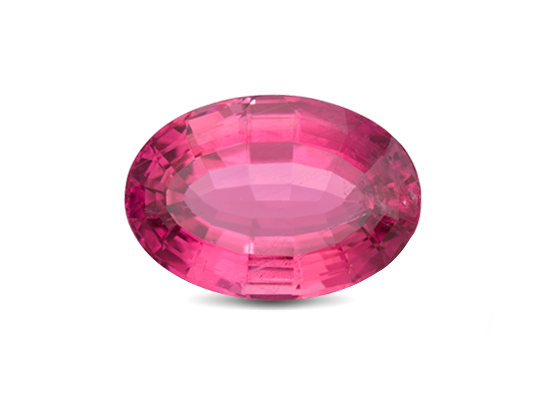
Despite having only just been discovered in the 1980s, Paraiba Tourmaline gemstones have already become one of the most precious and valuable gems in the world. Its rare shades of electric blues and greens are reminiscent of the blue ocean shores of Paraiba — its native land. These unique, vivid blue and green colors are not found in any other gemstone in the world.
Rubellite
Rubellite Tourmaline, also known as Red Tourmaline, varies in hue from pale to shocking pink to a bold, ruby-red, and sometimes has a violet tint. While some in the gem world consider “Rubellite” to be merely a trade term for all deep pink or red Tourmalines, the International Colored Gemstone Association (ICGA) defines Rubellites by the way they behave in daylight and artificial light. A true Rubellite shines just as intensely in artificial light as it does in daylight.
Its vibrant color reflects passion, energy and life, and it is believed that Rubellite helps bring emotional balance and calm. Whether you prefer subtle pale pinks or hot, vivid shades of magenta, this gem is sure to ignite a spark.
